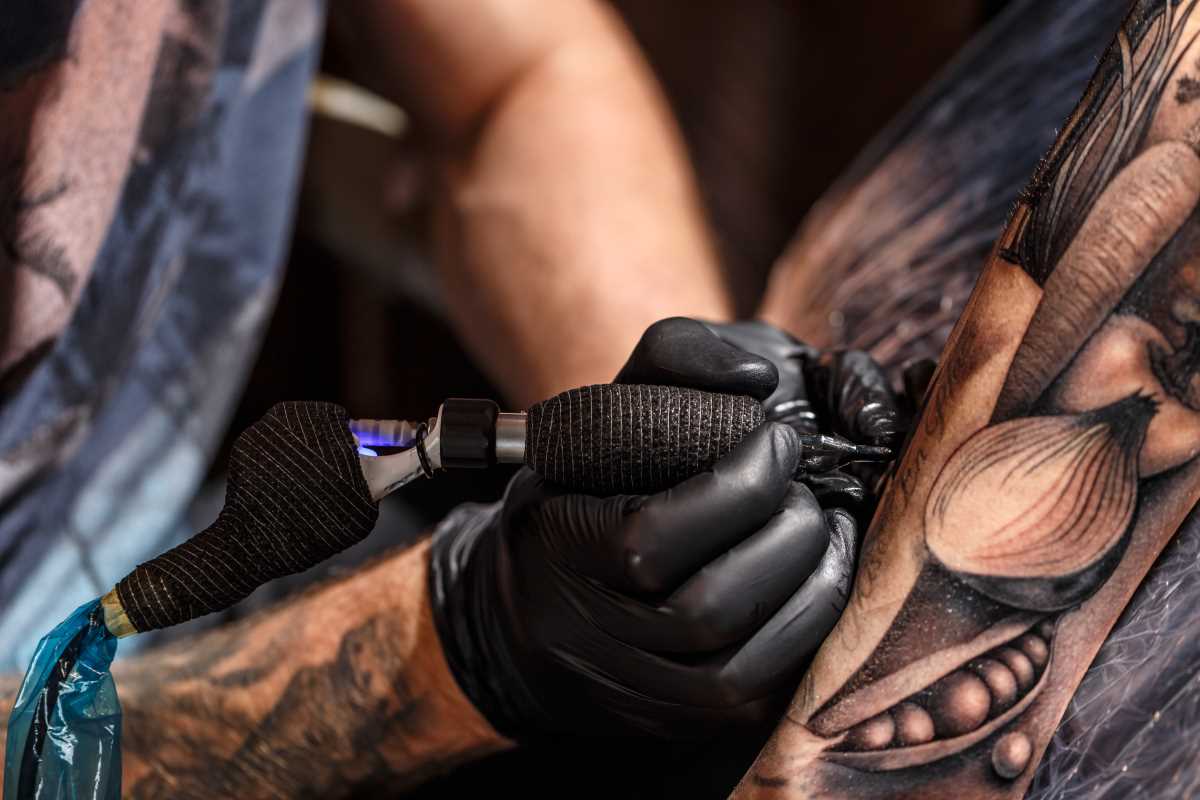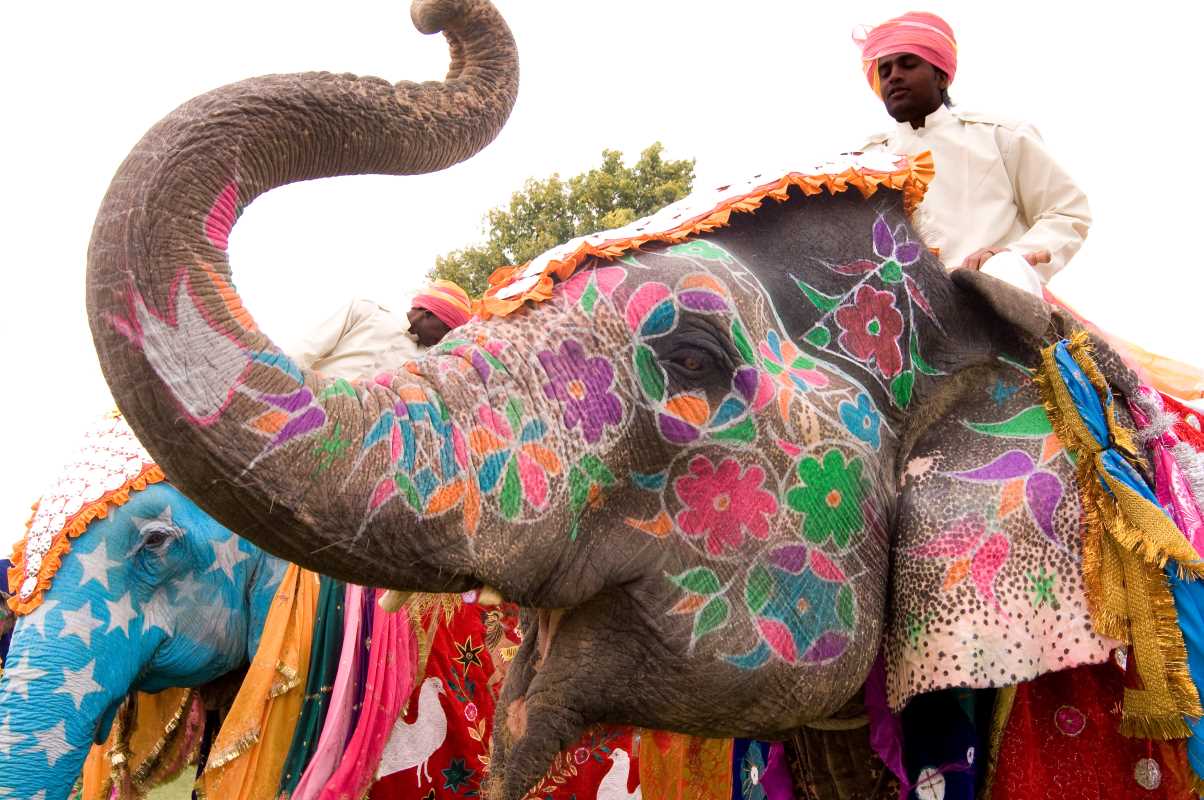Tattoos are one of the oldest and most universal forms of human expression. Stretching back thousands of years, they have adorned bodies in nearly every corner of the globe, serving purposes that range from the spiritual to the societal, the artistic to the deeply personal. To trace the history of tattoos is to follow an intricate thread weaving together the stories of diverse cultures, ancient rituals, and modern reinvention. Tattoos are far more than ink on skin—they are a reflection of humanity's need to tell stories, mark identities, and transform the body into a living, breathing canvas.
Ancient Beginnings
The earliest evidence of tattooing dates back to around 3100 BCE. Ötzi the Iceman, a remarkably well-preserved mummy discovered in the Alps, bears 61 tattoos etched into his skin. These tattoos, simple dots and lines located on joints like knees and ankles, were likely applied for therapeutic or medicinal purposes rather than ornamentation. This suggests that from the very beginning, tattoos had practical as well as symbolic meanings.
The ancient Egyptians brought a different dimension to tattooing, using it as a tool for spiritual practice and social symbolism. Female mummies from as early as 2000 BCE exhibit tattoos composed of geometric patterns, likely tied to fertility, protection, or religious rituals. For example, tattoos on the bodies of women associated with priestess roles often mirrored smaller amulets or symbols meant to guard against ill health or misfortune. Through their art and burial practices, Egyptians elevated tattooing into a medium that transcended simple adornment, weaving it into the tapestry of life and death.
Meanwhile, the Polynesian islands emerged as one of the most significant cradles of tattoo culture. Polynesians developed highly intricate designs to signify aspects of identity like rank, genealogy, and spiritual devotion. The word “tattoo” itself derives from the Polynesian term tatau, which means “to strike.” Tattooing in these cultures wasn’t merely decorative—it was sacred. It reinforced one's connection to family, deities, and the earth itself. The process, involving comb-like tools and painful, time-consuming sessions, was as much a rite of passage as it was a form of body art.
Tattoos in Asia
Asia has a rich history of tattooing that spans millennia. Japan, in particular, holds one of the most storied traditions of tattoo art. The Japanese practice of irezumi, or "inserting ink," evolved as both a form of artistry and a cultural marker. Archaeological evidence points to tattoos in Japan as far back as the Jomon period (10,000 BCE–300 BCE). Though initially associated with spiritual protection or tribal identity, by the Edo period (1603–1868 CE), irezumi developed into a highly refined and respected art form.
- Inspired by the colorful imagery of woodblock prints, Japanese tattoos featured intricate designs of dragons, koi fish, cherry blossoms, and mythical creatures.
- These full-body tattoos told stories, symbolized virtues, or served as forms of rebellion.
- Interestingly, tattoos in Japan also carried a duality—they were associated both with artistry and with criminal stigma, as tattooing was historically used to mark criminals.
- This tension still influences tattoo culture in Japan today, where it remains both revered and taboo in certain social circles.
China and Southeast Asia also embraced tattoos, often endowing them with mystical significance. For example, in Thailand, sak yant tattoos are sacred designs that are believed to offer protection, strength, and good fortune. These tattoos are applied by monks or spiritual practitioners during rituals that include chanting blessings, tying the art directly to spiritual power.
Tattoos and the Western World
The period of European exploration played a significant role in introducing tattoos to the Western world. When sailors came into contact with Polynesian and Indigenous cultures, they were fascinated by the intricate tattoos. Captain James Cook’s voyages in the late 18th century brought the word “tattoo” into the English lexicon, while returning sailors adopted tattoos as souvenirs of their travels or badges of accomplishment.
Tattoos’ perception in Europe and North America transformed over the centuries.
- By the Victorian era, they became something of a curiosity among the upper classes.
- British royalty like King Edward VII and even his son, the future King George V, sported tattoos.
- However, the association with sailors, circus performers, and outlaws soon stigmatized tattoos as a marker of rebellion or "outsider" status in Western society.
The invention of the electric tattoo machine in 1891 democratized tattooing further, making the art more accessible to the working class. Tattoos flourished in subcultures like bikers, punks, and soldiers, while remaining somewhat frowned upon in mainstream society.
The Modern Renaissance
Today, tattoos have transcended their historical taboos to become a mainstream art form celebrated around the globe. Studios now function as creative hubs where tattoo artists blend traditional techniques with modern innovation, crafting personalized pieces of art for clients from all walks of life. Reality TV shows like Miami Ink and social media platforms have helped normalize and even glamorize tattoos, bringing them out of the shadows and into the spotlight.
Cultural appreciation has also fueled a revival in traditional tattooing methods. Indigenous tattoo practices, once suppressed by colonization, are being reclaimed by communities eager to reconnect with their heritage. Modern Polynesian artists are revitalizing tatau, while Indigenous American tattooing traditions have seen a resurgence, emphasizing storytelling and cultural pride.
Prominent figures in fields as diverse as music, sports, and fashion have played a part in further destigmatizing tattoos. Celebrities with highly visible tattoos, like Rihanna or David Beckham, have transformed tattoos into markers of individuality and creative expression.
From the medicinal marks of Ötzi the Iceman to the intricate body art of Polynesia, from Japan's storied irezumi to the tattoos of today’s contemporary studios, the story of tattoos is as varied and colorful as human history itself. They have served to heal, protect, rebel, showcase beauty, and connect generations across cultures and continents. Today, tattoos represent freedom—the freedom to wear one’s identity, story, and values on the skin for eternity. What began as ancient ritual continues to thrive as a celebration of human creativity, one needle stroke at a time.







